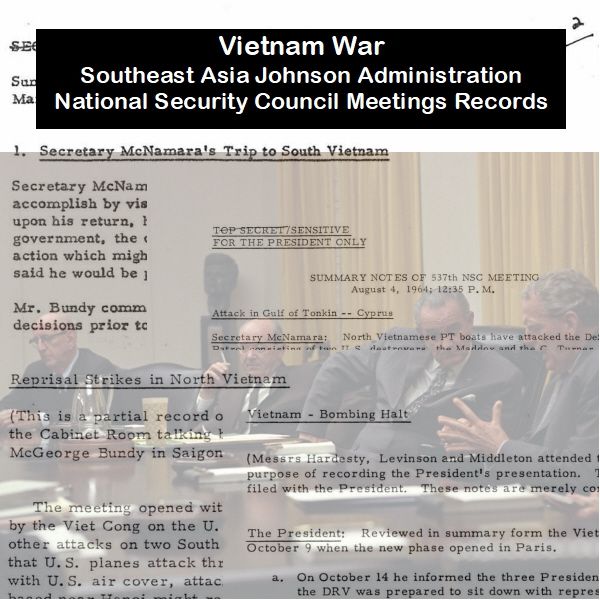
Vietnam War – Johnson Administration National Security Council Records
$19.50
Description
Johnson Administration and National Security Council Dynamics, 1964-1968
Timeline of Main Events:
- March 5, 1964 – November 25, 1968: The period covered by the National Security Council (NSC) meeting summary records concerning the Vietnam War.
- Early Johnson Administration (Post-November 1963): President Lyndon B. Johnson initially convened NSC meetings fairly regularly, approximately every two weeks. These meetings covered a broad range of issues but were relatively brief.
- After May 1964: NSC meetings shifted towards largely consisting of briefings.
- November 1964: President Johnson suspended NSC meetings with the approach of the Presidential election.
- Early 1965: President Johnson shifted his approach to NSC meetings, focusing them almost exclusively on Vietnam.
- February 1965: A flurry of NSC meetings took place concerning Vietnam.
- February 1965 – Mid-1966: NSC meetings continued to focus on Vietnam but occurred irregularly after the initial burst in February 1965.
- April – May 1965: The US intervention in the Dominican Republic occurred but was not brought before the National Security Council.
- 1965: Some participants later claimed that President Johnson used the NSC to “rubber stamp” decisions regarding the commitment of major US ground forces to Vietnam, rather than for genuine consultation.
- 1966: Walt Whitman Rostow succeeded McGeorge Bundy as National Security Advisor. Rostow recognized the diminished role of the NSC in Johnson’s decision-making.
- Post-1966: Rostow attempted to revitalize the NSC’s role by proposing regular, “anticipatory-type” sessions focused on complex problems requiring careful exploration before presidential decisions. NSC meetings for the remainder of the Johnson administration shifted to reflective and educational discussions on a broad range of anticipated issues, with less focus on the pressing issues of Vietnam.
- Johnson Administration Tenure (November 1963 – January 1969): Throughout his presidency, Johnson increasingly favored small, informal Tuesday luncheon meetings with key advisors (Secretaries of State and Defense, National Security Advisor, and later including others) over formal NSC meetings for primary decision-making.
Cast of Characters and Brief Bios:
Lyndon B. Johnson: The 36th President of the United States (1963-1969). The source highlights his preference for informal advisory meetings over formal National Security Council gatherings, particularly regarding the Vietnam War. He initially convened the NSC regularly but later used it more for briefings or, according to some, to formalize decisions already made.
- John F. Kennedy: The 35th President of the United States (1961-1963). The source notes that Johnson’s approach to the NSC initially mirrored Kennedy’s preference for small, informal advisory meetings.
- McGeorge Bundy: National Security Advisor to Presidents Kennedy and Johnson (1961-1966). He played a significant role in foreign policy decision-making during the early years covered by the source.
- Walt Whitman Rostow: National Security Advisor to President Johnson (1966-1969). The source describes his awareness of the NSC’s declining influence under Johnson and his attempts to redefine its role towards more anticipatory and educational discussions.
- Secretaries of State and Defense: These are mentioned as key participants in President Johnson’s preferred informal Tuesday luncheon meetings, indicating their prominent roles in foreign policy discussions and decision-making, particularly concerning Vietnam. The specific individuals holding these positions during the 1964-1968 period are not named in this source.
- National Security Adviser: This position, held by Bundy and then Rostow, is consistently highlighted as a central figure in advising the President on national security matters and participating in both formal NSC meetings and informal gatherings.
- Press Secretary: This role is mentioned as an addition to President Johnson’s Tuesday luncheon meetings, suggesting their involvement in shaping the public narrative around policy decisions. The specific individual is not named in this source.
- Director of Central Intelligence (DCI): The head of the CIA is noted as participating in Johnson’s informal Tuesday luncheons, indicating the importance of intelligence briefings in the President’s decision-making process. The specific individual is not named in this source.
- Chairman of the Joint Chiefs of Staff: The highest-ranking military officer in the US armed forces is also mentioned as attending the Tuesday luncheons, highlighting the military’s input into policy discussions. The specific individual is not named in this source.
- Participants in NSC Meetings: The source refers to individuals who attended NSC meetings and later charged that Johnson used the council to “rubber stamp” decisions on Vietnam in 1965. These individuals are not specifically named in the source.
Vietnam War – Southeast Asia Johnson Administration National Security Council Meetings Records
448 pages of official National Security Council (NSC) meetings summary records, dating from March 5, 1964 to November 25, 1968 of meetings significantly devoted to the Vietnam War. The notes include meeting minutes, charts, maps, intelligence briefings, memorandums, attendance lists, press releases, agendas, draft statements, reports, cables, transcripts of press conferences, and clippings.
The abrupt transition of power to the Johnson administration brought no dramatic change in the formal role of the National Security Council. Like Kennedy, Johnson much preferred small, informal advisory meetings to large Council meetings supported by an elaborately organized staff.
Despite his misgivings about the Council, Johnson started out convening it fairly regularly, about every 2 weeks on average during his first 11 months in office. The sessions dealt with a broad range of issues but were relatively brief in duration and, after May 1964, consisted largely of briefings. With the approach of the Presidential election in November, Johnson suspended NSC meetings, but then in early 1965 he shifted gears. From February 1965 through mid-1966 he convened the NSC almost exclusively to discuss Vietnam, doing so irregularly, then following a flurry of meetings in February 1965, infrequently. Several participants later charged that Johnson used the NSC during 1965 not to consult on Vietnam as he committed major U.S. ground forces but to “rubber stamp” decisions made beforehand. The other major foreign policy crisis of the period, the intervention in the Dominican Republic during April and May 1965, was not brought before the Council at all.
Johnson preferred his small, informal Tuesday luncheon meetings with the Secretaries of State and Defense and the National Security Adviser, over formal NSC meetings and they became more prominent in his decision-making process. Those meetings grew to include his press secretary, the Director of Central Intelligence, and the Chairman of the Joint Chiefs of Staff. Upon succeeding McGeorge Bundy as National Security Adviser in 1966, Rostow came to grips the diminished role the NSC was playing in the Johnson Administration. He attempted to find a way for Johnson to make a more effective use of the NSC. He advised Johnson neither to pretend to use the Council meetings for making major decisions nor to focus on day-to-day operations. Instead he proposed regular, “anticipatory-type” sessions devoted to the discussion of complex problems requiring careful exploration before they were to come to him for a decision. Clearly intended to complement rather than challenge the primary advisory roles of the Tuesday luncheons and the National Security Adviser and his staff, NSC meetings for the balance of the administration considered a broad range of anticipated rather than pressing issues and gave little attention to Vietnam. NSC members now convened for reflective and educational discussions, rather than decision-making meetings.




Related products
-
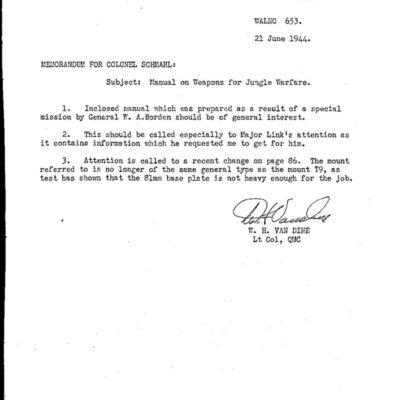

World War II Manual on Weapons for Jungle Warfare (1944)
$1.99 Add to Cart -
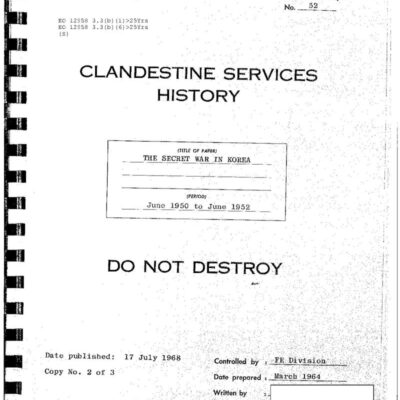
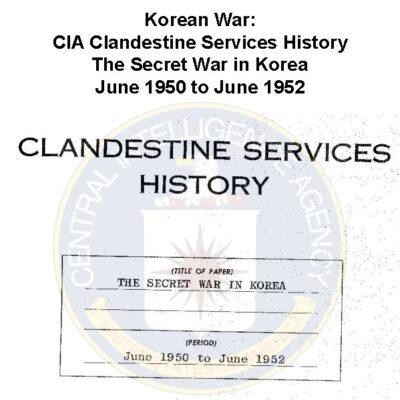
Korean War: CIA Covert Operations History – The Secret Conflict in Korea
$3.94 Add to Cart -
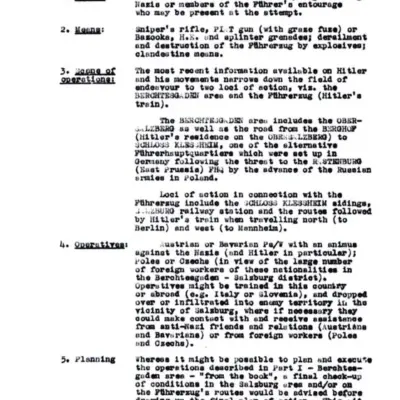
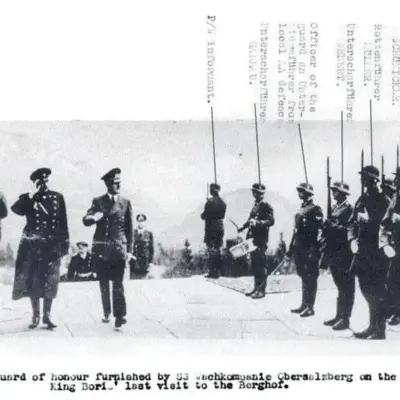
World War II: Adolf Hitler and Operation Foxley – British Assassination Plot
$19.50 Add to Cart -
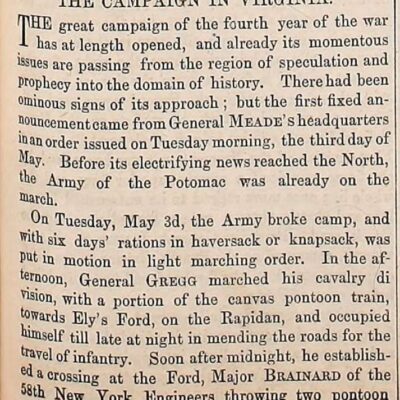
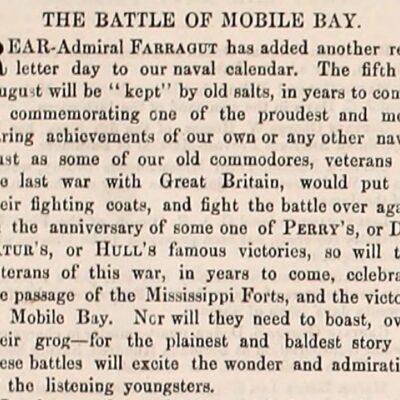
Civil War: Army Navy Journal & Gazette Volume 1 (1863 – 1864)
$19.50 Add to Cart